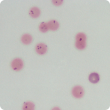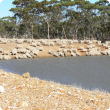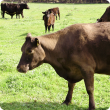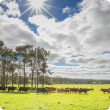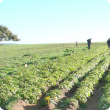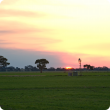Filter by regions:
- (-) Remove Great Southern filter Great Southern
- (-) Remove Pilbara filter Pilbara
- (-) Remove South West filter South West
- Mid West (454) Apply Mid West filter
- Gascoyne (453) Apply Gascoyne filter
- Goldfields-Esperance (449) Apply Goldfields-Esperance filter
- Wheatbelt (448) Apply Wheatbelt filter
- Kimberley (447) Apply Kimberley filter
- Peel (446) Apply Peel filter
- Perth regions (353) Apply Perth regions filter


